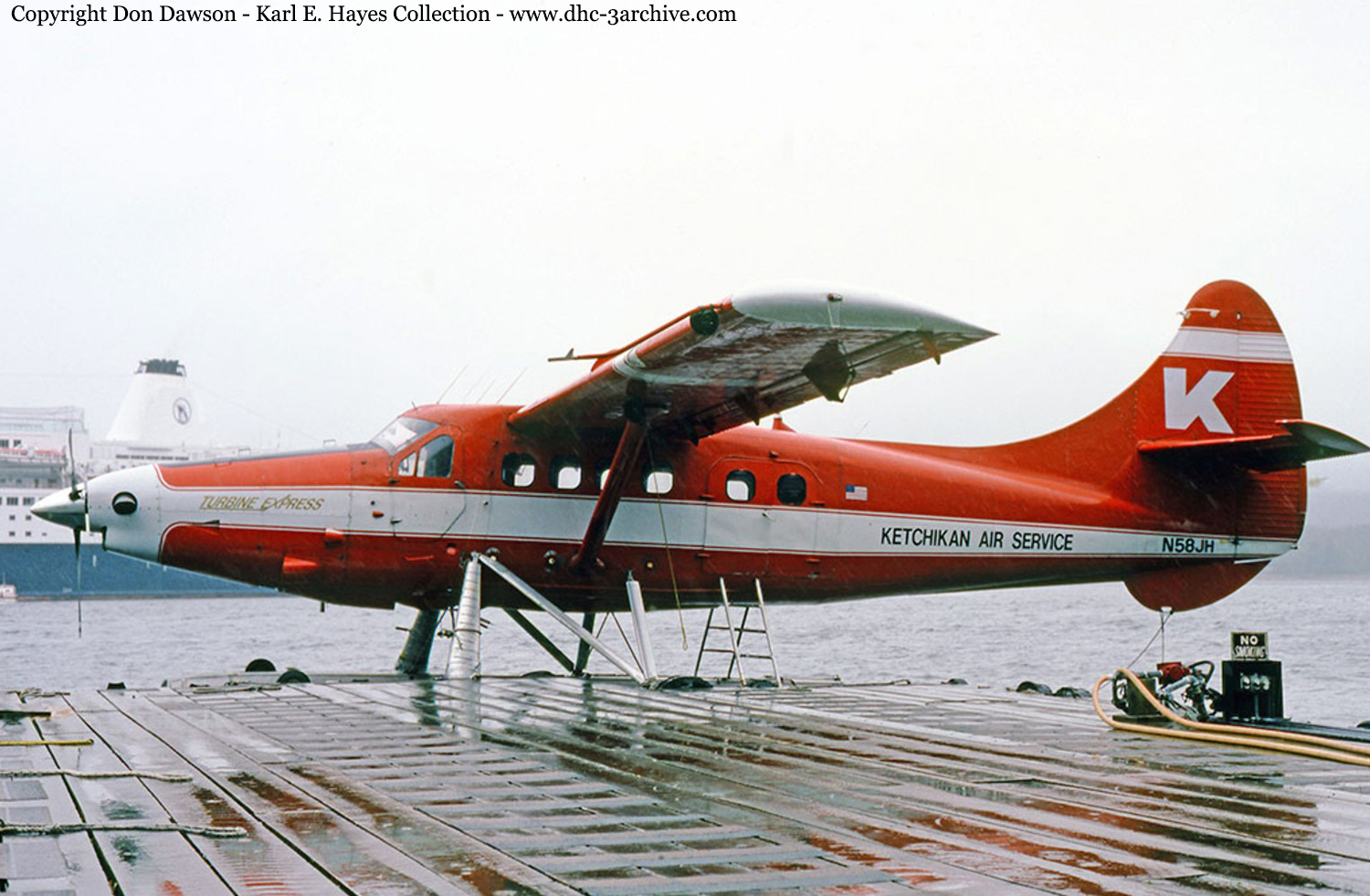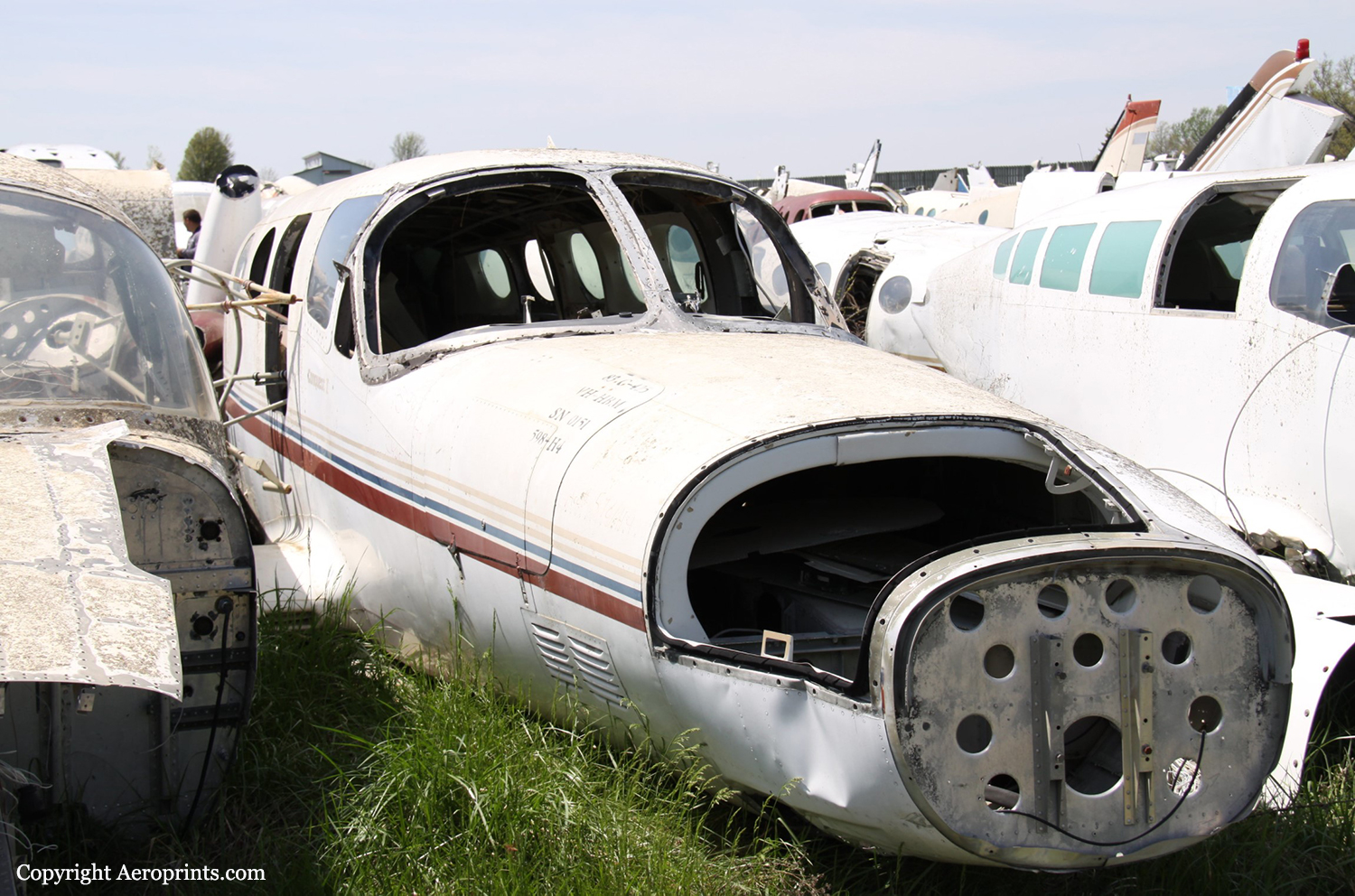Crash of a Beechcraft 65-90 King Air off Marseille
Date & Time:
Jan 13, 1994
Registration:
N46WA
Survivors:
Yes
MSN:
LJ-65
YOM:
1965
Crew on board:
1
Crew fatalities:
Pax on board:
0
Pax fatalities:
Other fatalities:
Total fatalities:
0
Circumstances:
The pilot, sole on board, was completing a ferry flight from Germany to the US via Lisbon and the Azores Islands. While cruising at FL130 off Martigues, smoke spread in the cockpit. The pilot started en emergency descent and eventually ditched the aircraft in the Gulf of Lion off Marseille. The pilot was rescued while the aircraft sank and was lost.




